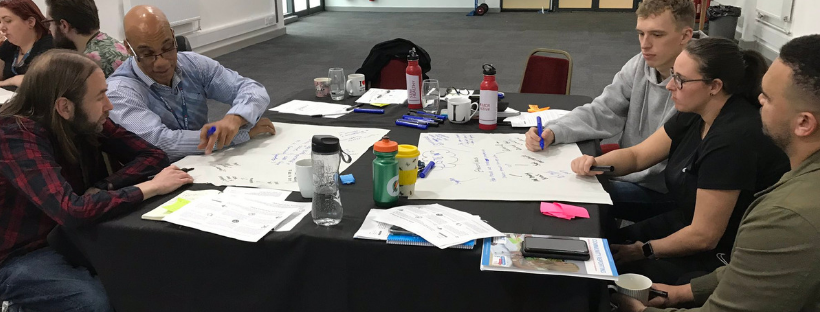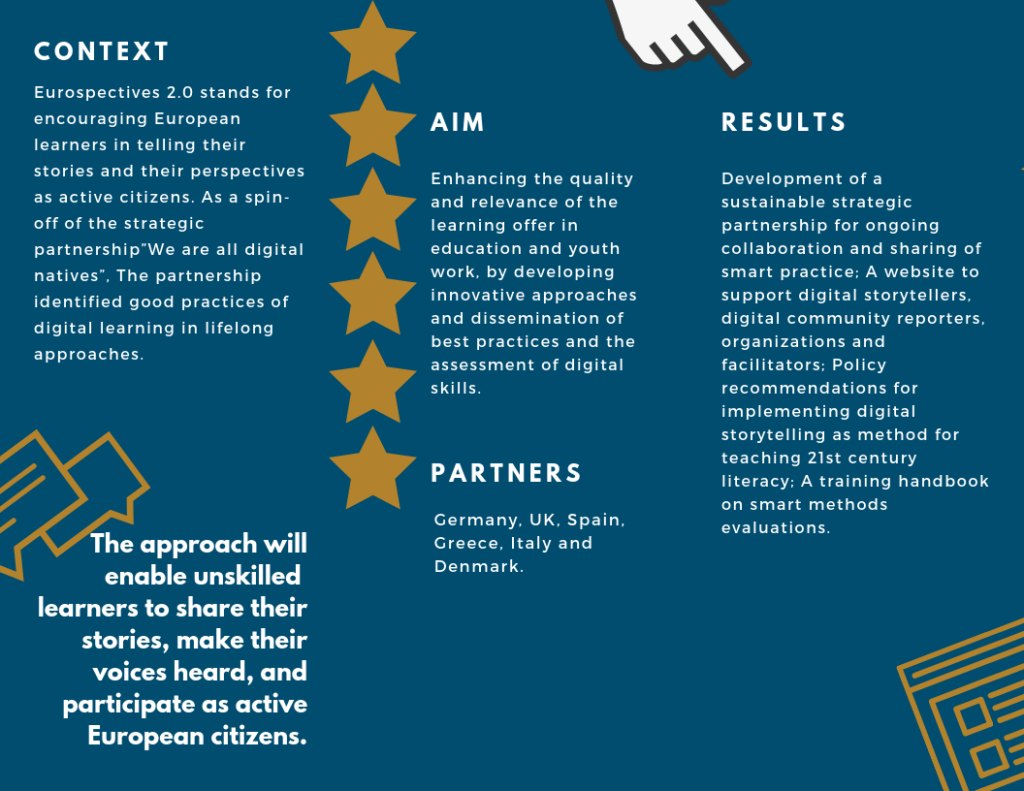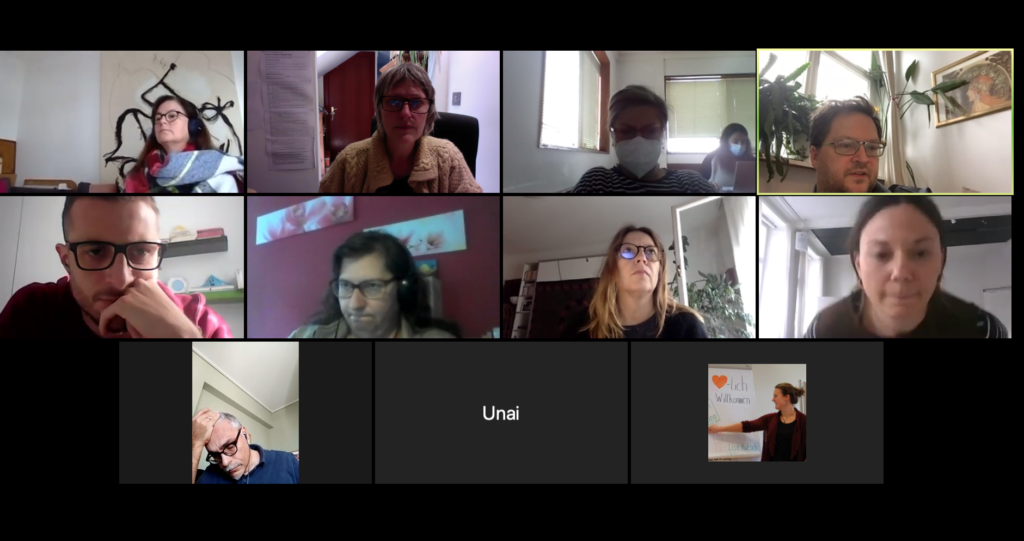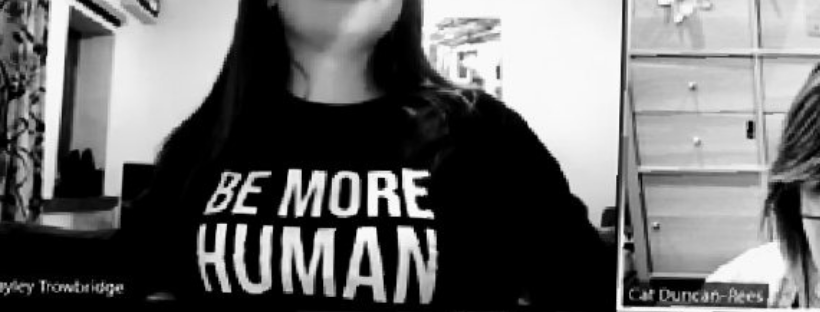LOOKING BACK AND LOOKING FORWARD WITH THE COSIE ITALIAN PILOT
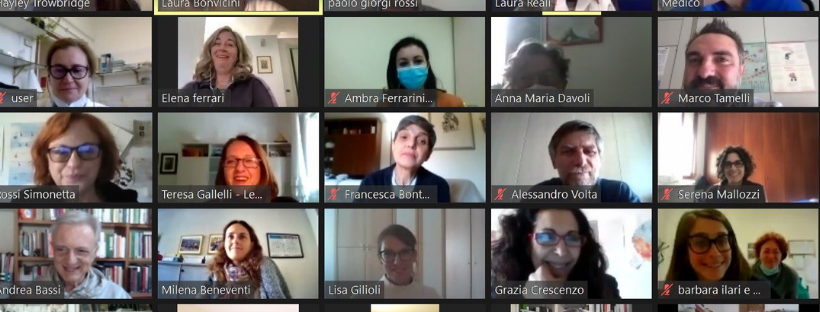
Last week we teamed-up with the Italian pilot in the CoSIE project to deliver their local summative knowledge exchange that look at what they had learned during their pilot and what they were going to do next.
The Italian pilot has been focused on reducing childhood obesity in Reggio-Emilia and have been working with different health care professionals, families and other wider stakeholders to co-design an App aimed at addressing this issue. This summative knowledge exchange took the format of a ‘Living Lab’ and used different ‘boundary objects’ created during the pilot as stimuli for reflective discussion, as well as linking this learning to future activities.
In the event we explored ideas about how to launch the App and how language would play a key role in connecting it with families. Learnings from previous engagement activities with families about the words they used to describe health and wellbeing were used as a basis for this discussion. We also reflected back on the different co-creation activities that had been incorporated into the pilot. Using a stakeholder map from the beginning of the pilot, attendees of the event identified a range of activities they had been involved in. They are now using these on a matrix document to evaluated the impact of them.
A key part of the event, was reflecting on the role of the Consulting Committee in the project. The Consulting Committee is a group of cross-sector professionals who have been part of the co-creation activities in the project and this innovation has helped to breakdown silo working and thinking, thus promoting collaboration and expertise-sharing. The attendees of the summative knowledge exchange used Flinga as a way of organising their thoughts on the Committee and how this approach (or group of people) can be used in future to drive forward social innovations in health care in Reggio-Emilia.
The People’s Voice Media provided the online facilitation that supported this exchange and also captured some people’s experiences of the pilot via a storytelling activity. What we loved about this event, is that it was using ‘evaluation’ not as an end point, but as a driver for on-going change, learning and development. So despite it being called as ‘summative knowledge exchange’ due to the pilot and CoSIE project approaching their end, the session was focus on what is going to happen next, which we believe is key to maintaining and improving public services.
